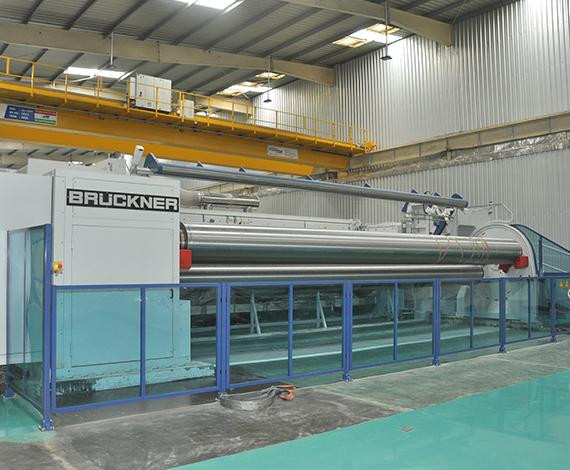Food is an essential ingredient without which no human can survive. But food is perishable and needs proper packaging for its preservation. And hence food packaging became crucial for everyone in the world to get food anywhere anytime. But for food packaging to keep food fresh and edible, BOPP film is essential. They have revolutionized the food industry worldwide.
Evolution of food packaging
Increasing the shelf life of food for later use started from the Stone Age. Even during the 7000 BC pottery and glass are believed to be used for packaging food. It evolved in various forms until the 1970s when first PET or polyethylene terephthalate bottles came into existence for storing drinking water and food. Also, the polyester film became extensively used for food packaging in many parts of the world.
Packaging film market share & types
The ingenuity of plastic has been offered for half a century now in high-quality packaging solutions. The packaging film market is predicted by experts to grow by 2025 to 52 billion USD, with a CAGR of 5.2 %. As per 2017, there were approximately 17 million tons of packaging film demand in the food processing market. With the food exports increasing in hundreds of billions worldwide, the packaging film market will have robust growth in the future. The packing film market is of many types as per their application like food, industrial consumer products, medical & pharmaceutical, and others. Among their various classes, with the widely used ones being polyester film.
BOPP films
BOPP or biaxially oriented polypropylene films, also known as bi-oriented polypropylene films as their name suggests, are made from polypropylene. Its global market demand has grown steadily around 5 % annually for the last few years. Manufactured with the appropriate design for high performance, good appearance, these BOPP films offer facile conversion for flexible packaging and other uses. The range of these films is from 7 to 70 microns and comes as transparent heat sealable and non-heat sealable types. There are many other types like
- Coex films
- Pearlized film
- Label film
- Matte film
- Solid white film
- Tape & Textile film
Compared to polyester film, it has a low density of 0.91 to 1.39 to make it a cheaper alternative for packaging uses. It is available commercially in many ranges of widths, properties, and thicknesses to cater to the need of the end-users. Single-layer BOPP is coextruded along with other polymers into multilayer BOPP films that are also popular. Accordingly, it has excellent key characteristics that include:
- Moisture barrier
- Slip & anti-static
- Surface gloss
- Mechanical properties & surface treatment retention
- Hot tack & seal strength
Polyester film
The recent evolution in polyester film introduction of UV-protected polyester films has brought significant change in the flexible packaging industry. Also, sometimes it is known as PET or polyethylene terephthalate is a polymer resin of the polyester family. With the properties of heat stabilizing and printability, it paves the way for its extensive use in the food packaging industry. The heat stabilizing and printability features add to its importance now.
Jindal films, which is a part of the 2 billion USD Jindal group has emerged as the global leader in BOPP film production. It offers a wide range of BOPP or polypropylene and Polyester films for the past six decades.

